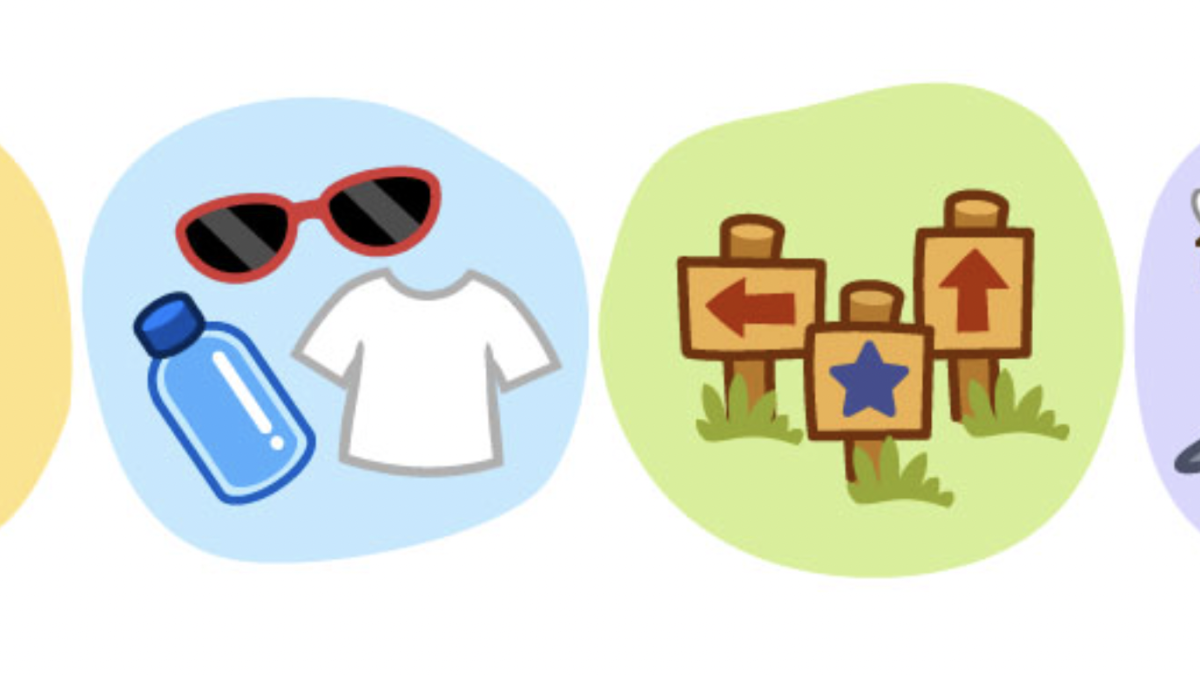Silicon Valley: the place that invented the Juicero, PetChatz and countless apps to solve problems you never knew you had. And now comes the idea of drinking water from a puddle.
A “raw water” craze — drinking water that is untreated and unfiltered — is afoot in California, and like many retro trends there it’s spurring big sales and controversy. Do raw water's proclaimed benefits of better health hold, ahem, water? Or is drinking untreated, unfiltered water simply a bad idea? ASU Now checked in with Morteza AbbaszadeganAbbaszadegan's research expertise includes contemporary water-quality issues related to health-related water microbiology including microbial detection methodologies, pathogens inactivation and removal mechanisms during water-treatment processes, water quality in distribution systems and microbial monitoring of source waters. He has developed many new techniques for the detection of viruses, bacteria and parasites in water environments. , an Arizona State University professor and researcher, to see if this growing trend has legitimacy.
Morteza Abbaszadegan
Question: Some boutique retailers in Silicon Valley are commanding top dollar for unfiltered, untreated, unsterilized spring water, fueling a new debate on whether it’s safe to drink. What’s your reaction about all this?
Answer: I don’t drink untreated or raw water. Spring waters seem to be safe and potentially untouched by humans. However, there are some pathogens that can be transmitted to humans from animals, for example Giardia or enterotoxigenic E. coli or other pathogenic bacteria.
Q: Some of these retailers believe that public water has been poisoned with fluoride or chloramine and even have birth-control drugs in them. After the lead fiasco in Flint, Michigan, should we trust our public tap water?
A: There’s no data to support that, and I don’t believe in such assumptions. Please note in the case of Flint, Michigan, the tests indicated water contamination with lead. The tests worked, and that’s how the lead contamination was detected and reported.
Q: Do our water filtrations remove beneficial minerals as touted by raw water proponents?
A: The conventional water-treatment filtration does not remove minerals.
Q: What kind of health problems does drinking raw water pose?
A: It is pertinent to point out that spring water flowing on ground can be contaminated by animal wastes on earth and air. Earth is a complex and continuum system and the areas secluded from human activities or anthropogenic pollutants might be visited by animal or bird, increasing the risk of transmission of zoonotic diseases.
Water is known to contain different pathogenic microbes such as viruses, parasites and bacteria that can be transmitted to humans and cause illnesses. There are many waterborne disease outbreaks reported in the United States annually. One may assume that raw water is protected from human wastes and contamination; however, animals may contaminate water in the natural environment and due to lack of treatment, the end users of raw water may be exposed to the microbial pathogens resulting in a variety of gastrointestinal illnesses.
Cryptosporidium is an intestinal parasite infecting a variety of animals. Cryptosporidium parvum can cause illnesses in humans, a species that can also affect domestic animals. It can cause severe diarrheal diseases and be potentially fatal in immune-compromised individuals.
Giardia is a cyst-producing parasite and it is capable of causing severe diarrheal diseases in human.
Salmonella can cause enteric infections and is considered one of the zoonotic diseases.
Abbaszadegan is a professor in the School of Sustainable Engineering and the Built Environment, Ira A. Fulton Schools of Engineering; director of the NSF Water and Environmental Technology Center; a senior sustainability scientist, Julie Ann Wrigley Global Institute of Sustainability; and a professor in the School of Life Sciences, College of Liberal Arts and Sciences.
More Science and technology

Advanced packaging the next big thing in semiconductors — and no, we're not talking about boxes
Microchips are hot. The tiny bits of silicon are integral to 21st-century life because they power the smartphones we rely on, the cars we drive and the advanced weaponry that is the backbone of…

Securing the wireless spectrum
The number of devices using wireless communications networks for telephone calls, texting, data and more has grown from 336 million in 2013 to 523 million in 2022, according to data from U.S.…

New interactive game educates children on heat safety
Ask A Biologist, a long-running K–12 educational outreach effort by the School of Life Sciences at Arizona State University, has launched its latest interactive educational game, called "Beat the…

